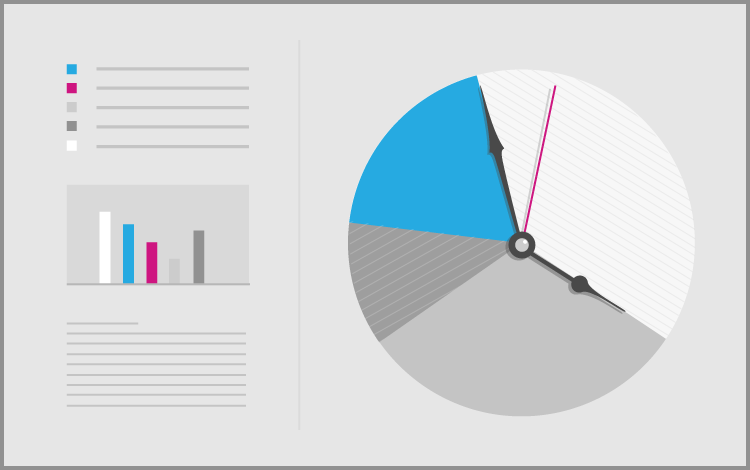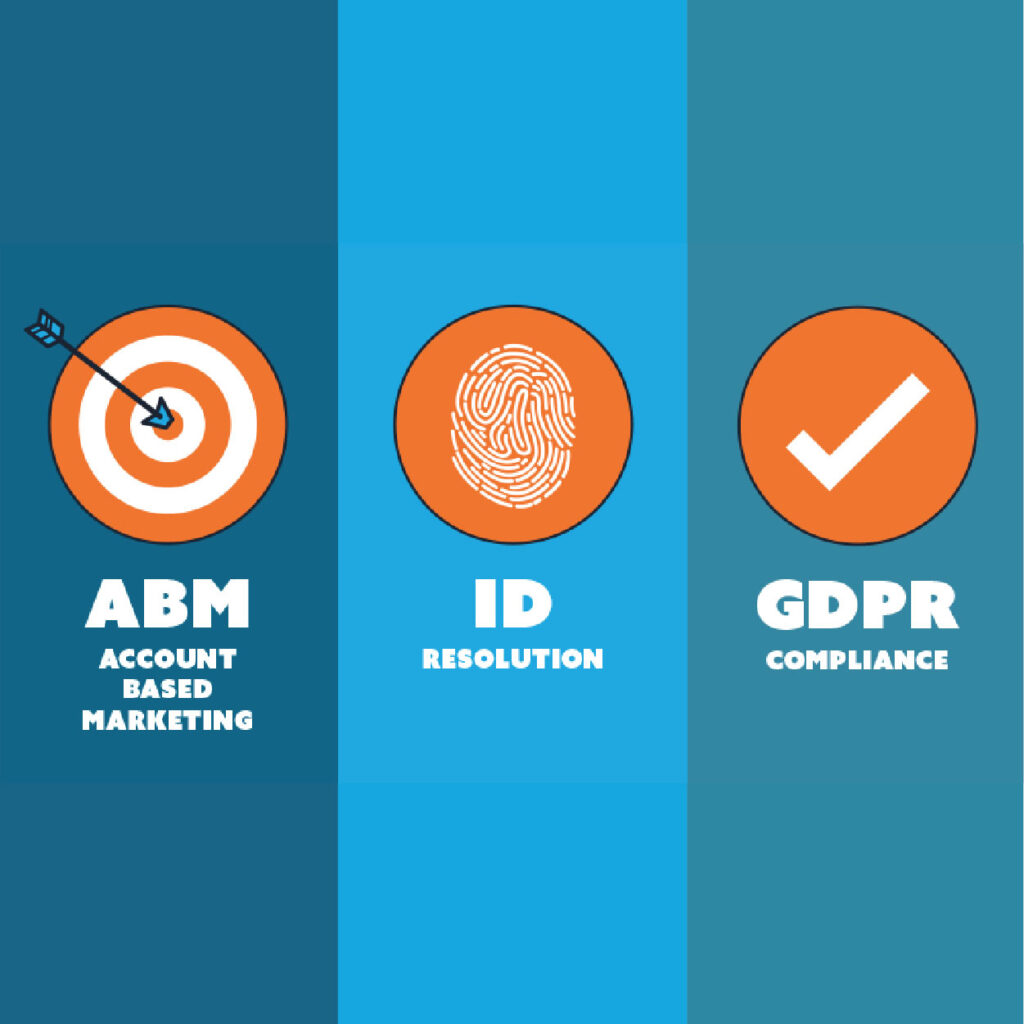An early look at CDPs in the APAC market
June 5, 2019Demand for customer data platforms has grown internationally in the last two years, particularly in Europe and the UK, so this seemed like a good time to look at the APAC market. Leaders there report Asia-Pacific marketers are acutely aware that they need the functionality of Customer Data Platforms but knowledge of CDPs as a distinct class of software is still in the very early stages, according to local experts interviewed by the CDP Institute. We spoke with executives at Knowesis, Lemnisk, Manthan and MarketSoft to learn more about the state of the market and trends they see evolving.
As in the U.S., the UK and Europe, the main industries to watch for CDP are retail, telecommunications, ecommerce and finance along with government and travel. These industries are feeling pressure to move rapidly to find new ways to meet customer and corporate expectations for improved identity recognition, personalized customer service, increased marketing efficiency, and ROI.
“We are seeing emerging awareness [in Australia/New Zealand] with early adopters of genuine CDPs coming on board,” says Daniel Cummins, CEO of Marketsoft, a consultancy based in Sydney. “At the same time, there are a number of players claiming to be CDPs, but who have products that only offer a portion of the functionality, or without the underlying strategy, so there’s inconsistency about the concept’s definition itself.”
Amit Agarwal, Senior Vice President at Manthan Systems, concurs that “awareness isn’t there, and there’s a big need to evangelize about CDPs and be more aggressive.” Manthan is headquartered in Bangalore with offices in U.S., Singapore and UAE, and serves global retailers and restaurant businesses, hosting over 250 million customer profiles worldwide. Agarwal said Manthan has had significant success making inroads, including with a large-scale implementation for Future Group, a top food, fashion and consumer goods conglomerate with 1,800 stores across India and sends 200 million customer communications every month.
Nathan Rae, chief business development officer for Knowesis, agrees that “customer awareness is still very low,” but he says, “awareness is building quite quickly, and vendors are pushing” the technology. Knowesis is a Singapore-based CDP company with offices in Thailand, Malaysia, Indonesia, Australia, India and the UAE, and 13 enterprise customers. “We still don’t see a lot of RFPs asking for ‘CDP’,” reported Ajith Kumar, Knowesis’ vice president for professional services. Kumar said he’s seeing a lot of analytics providers using some CDP terminology and believes that, “once Gartner and Forrester begin talking more about CDPs, it will have a big influence with enterprise customers here.” He expects this to make it easier for marketers at companies to categorize the RFPs and to tell higher ups why they are shopping vendors in this specific domain.
Rahul Thomas Mathew, Director of Marketing for Lemnisk, observed that the recent Salesforce and Adobe announcements on their CDP plans have sparked a lot of curiosity. Like the others, he sees this as the right time to broaden understanding about CDP in the APAC market. Lemnisk is a CDP company specializing in financial services, headquartered in Bangalore with offices in the U.S., Singapore and the UAE.
On the sales side, there is an additional challenge in APAC companies because while marketers recognize the value having a CDP, IT departments play a major role in decisions and often have other priorities.
“The best case studies and projects are when the decision sits with marketing and is made with customer use cases in mind” says Marketsoft’s Cummins. “If we can get involved at a company supporting CDP from the top down, that’s ideal. We try to position CDP as a service as much as possible via marketing, and then allow IT to assume ownership once they build the capability.”
Corporate decision makers tend to be CMOs, and in some companies, the chief digital or chief experience officer, said Cummins. Pricing in Australia ranges from AU$150,000-300,000 for technology spend, and from AU$100,000 on the low end to AU$300,000-600,000/year for services on the upper end.
All agreed that privacy is a small factor in APAC countries at present, but thought it was likely to grow as a concern. Cummins observed, “GDPR is more of a perception than a reality here, but one of the biggest benefits for us has been that it has pushed awareness. There’s definitely a new level of IS [Information Security] awareness in terms of risk, adoption, and best practices, but there’s a long way to go.”
Rae and Kumar said a lot of governments in their market are cautious when it comes to PII (Personally Identifiable Information) data being stored on cloud, especially for local companies of significant size.
APAC locations mentioned as most engaged in CDP were Australia/New Zealand, Hong Kong, India, Singapore, and the UAE.
As for trends to watch for, Agarwal at Manthan believes educating the market via the demarcation of CDP and RealCDP, as planned by the CDP Institute, will help to offset efforts by other marketing automation players to position other types of products as Customer Data Platforms. Those often sell customers short by just addressing two or three data sources and channels, rather than providing true unified customer data.
Mathew at Lemnisk believes that “CDP’s tightly coupled with other vertical focused offerings can drive significant traction and value in vertical markets.”
Finally, Rae sees a key trend in the movement evolving in APAC companies from on-premises data stores to the cloud, since that will require “refreshing platforms and being willing to look at new tools.”


